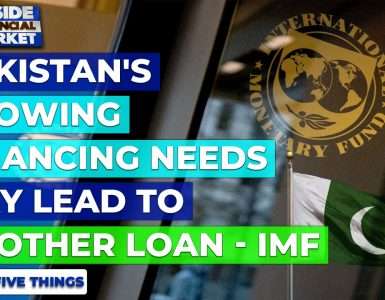Fitch has subscribed the forecasts of world bank and international monetary about the challenges and has warned of tough times ahead.
Fitch has included Pakistan in the list of five countries whose credit rating may be decline due to a hovering sharp-decline in their remittance. Pakistan tops the fives which are densely dependent upon inflows by the workers based out in oil dependent countries.
Pakistan’s balance of payment, trade-deficit and GDP could have serious impacts, should the trend of upside-disbursement from oil-dependent economies continues for a month or two.
Demand for migrant labor has provided an important and stable source of foreign-currency remittance flows for Pakistan to the tune of 8% of GDP Remittance flows have helped keep current account deficits contained by offsetting large trade deficits. Indeed, without remittances Pakistan’s current account deficit could surge to 10% of GDP.
The International Monetary Fund (IMF) estimates that Pakistan’s remittance will drop by over $5 billion during the fiscal year 2020 and 2021, as activity in Gulf countries decreases.
According to a World Bank report the global remittances are projected to decline by about 20 percent and South Asian remittance are expected to drop by 22 percent.
According to Arab-News, the decline in remittance projected by different sources after the COVID-19 outbreak, world recession and depression greater than that of 1930, would badly hit Pakistan’s economy, which was already sluggish in the pre-coronavirus period. Pakistan Institute of Development Economics projects that the remittances will decline by 9 percent to 14 percent from the projected target of $23.8 billion in the fiscal year 2020 and will range between $14.13 billion and $22.54 billion in FY21 against projected inflows of $26.4 billion.
Fitch has observed that remittances in APAC also provide economic benefits to recipient countries which include relieve of pressure in the job market of Pakistan and improved consumption as 4% of households are dependent upon remittances from middle-eastern countries.
Lower remittance flows shall affect public finances through two channels: lower revenue collection from weaker consumption and higher social spending to support remittance-dependent households as well as returning migrant workers.
Pakistan already has limited fiscal space to address the current coronavirus shock and the decline in remittances could exacerbate current challenges.
Inside Financial Markets










Add comment